Class 3 electric bikes are bicycles equipped with a motor that assists pedalling, reaching speeds up to 28 mph. They provide a faster and more efficient way of commuting with the added convenience of electric assistance.
Looking for a thrilling ride that effortlessly blends power and convenience? Enter the realm of Class 3 electric bikes. These cutting-edge two-wheelers are engineered to provide a seamless blend of pedal power and electric assistance, reaching speeds up to 28 miles per hour.
A Class 3 electric bike, commonly known as an e-bike, is a type of electric bicycle equipped with a motor that assists the rider while pedalling. What sets Class 3 e-bikes apart is their ability to reach speeds of up to 28 miles per hour, providing a faster and more efficient mode of transportation compared to traditional bikes.
Components Of Class 3 Electric Bikes
Pedal Assistance: Class 3 e-bikes are equipped with a pedal-assist system, meaning the electric motor provides assistance only when the rider is pedalling.
Maximum Speed: These bikes are designed to reach speeds up to 28 miles per hour (45 kilometres per hour) with the help of the electric motor.
Motor Power: Class 3 e-bikes typically have a motor with a power rating of 750 watts or less.
Display and Controls: They come with an onboard display and controls that allow riders to adjust the level of assistance, monitor battery life, and access other settings.
Safety Features: Many Class 3 e-bikes are equipped with safety features such as integrated lights, reflective elements, and sometimes even horns.
Features Of Class 3 Electric Bikes
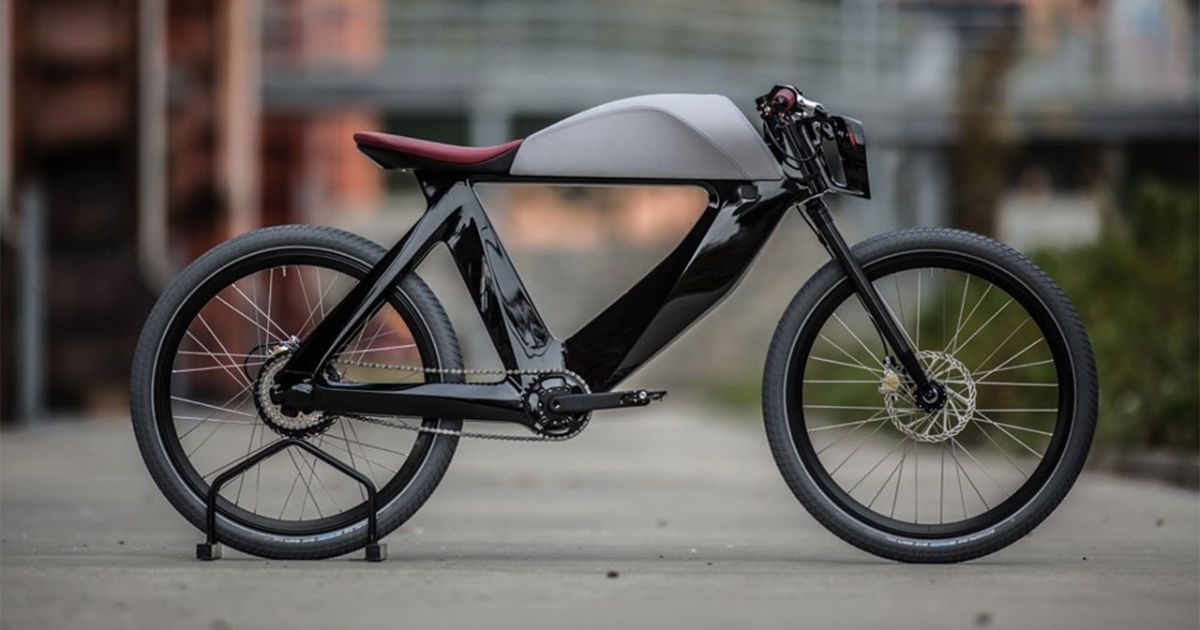
Electric Motor: The heart of a Class 3 e-bike is its electric motor, which assists the rider’s pedalling efforts.
Battery: These bikes have a rechargeable battery that powers the electric motor. The battery is typically removable for convenient charging.
Pedal-Assist System: Class 3 e-bikes use a pedal-assist system, which means the motor engages when the rider pedals, providing an extra boost.
Controller: The controller manages the interaction between the rider, the pedal-assist system, and the motor, ensuring smooth operation.
Brakes: Reliable and efficient brakes, such as disc brakes, are crucial for safely stopping the bike, especially at higher speeds.
Frame: The frame is the structural backbone of the e-bike, and Class 3 models are designed for both durability and agility.
Gearing System: Many Class 3 e-bikes have a variety of gears to help riders navigate different terrains and maintain comfortable pedalling at various speeds.
Power and Pedal Assistance
Power and pedal assistance refers to the combination of human pedalling power with an electric motor to propel a vehicle, typically an electric bicycle. With this innovative technology, riders can enjoy the benefits of both manual pedalling and electric assistance, especially when they ride an electric bike. When pedalling, the electric motor kicks in to provide an extra boost, making it easier to conquer hills or cover longer distances with less effort.
This dual-power approach allows for a customizable and efficient riding experience, as riders can choose to rely more on pedal power for exercise or engage the electric assistance for a smoother ride. Power and pedal assistance not only enhances the overall biking experience but also promotes eco-friendly transportation by reducing reliance on traditional fuel sources.
Benefits and Use Cases of Class 3 Electric Bikes
| Benefits of Class 3 Electric Bikes | Use Cases |
| Faster Speeds: Capable of reaching speeds up to 28 mph. | Commuting: Ideal for covering longer distances quickly, especially in urban areas. |
| Exercise and Assistance: Allows riders to pedal for exercise or use electric assistance for a less strenuous ride. | Recreation: Perfect for leisure rides and exploring scenic routes with varying levels of assistance. |
| Extended Range: Longer battery life enables extended rides without worrying about running out of power. | Eco-friendly Transportation: Reduces the reliance on traditional fuel sources, promoting sustainable mobility. |
| Legal Compliance: Class 3 electric bikes often comply with specific regulations, making them street-legal in many areas. | Everyday Transportation: Suitable for daily commuting and running errands, offering a practical alternative to traditional bikes or cars. |
| Flexibility: Riders can switch between manual pedalling and electric assistance based on their preferences and terrain. | Health Benefits: Provides a healthy and active lifestyle option, combining physical activity with the convenience of electric power. |
Enhanced Commuting Efficiency
Enhanced commuting efficiency refers to the improvement and optimization of the daily travel experience. This can involve the use of advanced transportation technologies, streamlined routes, and the integration of smart systems to make commuting smoother and more time-effective.
By employing innovations such as real-time traffic updates, efficient public transportation networks, and smart traffic management, people can save time and reduce the stress associated with daily travel.
Recreational and Fitness Applications
Recreational and fitness applications play a crucial role in promoting a healthy and active lifestyle. These user-friendly apps cater to a wide range of interests and fitness levels, making exercise enjoyable for everyone.
If you’re into yoga, running, or weightlifting, there’s an app to guide and motivate you. Many of these applications offer personalized workout plans, progress tracking, and even virtual classes, allowing users to exercise at their own pace and convenience.
Maintenance Tips For Class 3 Electric Bikes
- Regular Inspections: Check your Class 3 electric bike regularly for loose bolts, damaged cables, and tire pressure. A quick inspection can prevent potential issues and ensure a safer ride.
- Battery Care: Charge your electric bike’s battery regularly and store it in a cool, dry place when not in use. Avoid complete discharge, and follow the manufacturer’s guidelines for optimal battery maintenance.
- Keep it Clean: Clean your electric bike regularly, especially after rides in challenging conditions. Wipe down the frame, chain, and gears to prevent dirt buildup, which can affect performance.
4 . Brake Checks: Ensure your brakes are in good working condition. Regularly inspect brake pads for wear and tear, and adjust or replace them as needed. Properly functioning brakes are crucial for safety.
- Tire Maintenance: Check tire pressure regularly and keep them inflated to the recommended level. Inspect tires for any signs of wear, cuts, or punctures, and replace them if necessary. Well-maintained tires contribute to a smoother and safer ride.
Maintenance Guidelines and Safety Considerations
Maintenance guidelines and safety considerations are crucial aspects of ensuring the longevity and safe operation of any equipment or system. Regular maintenance helps prevent unexpected breakdowns and ensures that everything functions smoothly.
It involves routine checks, lubrication, and timely replacement of worn-out parts. Safety considerations are equally important to protect individuals and property from harm. This includes following proper procedures, using safety equipment, and adhering to guidelines to minimize the risk of accidents.
Frequency Asked Questions
How does a Class 3 electric bike work?
Class 3 electric bikes work by providing electric assistance to the rider’s pedalling. The motor is activated when the rider pedals, and it automatically cuts off when the bike reaches a speed of 28 mph. Riders can also choose to pedal without electric assistance.
Do I need a license to ride a Class 3 electric bike?
In many places, no license is required to ride a Class 3 electric bike. However, regulations vary, so it’s essential to check local laws. Class 3 e-bikes are generally allowed on bike paths and roads, but restrictions may apply in certain areas.
Are Class 3 electric bikes allowed on bike trails?
Regulations regarding Class 3 electric bikes on bike trails depend on local laws. In some areas, they may be allowed, while in others, restrictions might be in place. Always check and adhere to local regulations to ensure safe and legal riding.
Conclusion
A Class 3 electric bike is a versatile and efficient mode of transportation that blends the convenience of traditional cycling with the added assistance of an electric motor. With a top speed of 28 mph, these e-bikes provide a faster and more exhilarating experience compared to their Class 1 and 2 counterparts.
The incorporation of pedal-assist technology ensures seamless integration of human power and electric assistance, promoting a sustainable and eco-friendly means of commuting. Class 3 electric bikes offer individuals an accessible and enjoyable way to navigate urban environments while contributing to a greener and healthier future.

I’m passionate electric scooter enthusiast and the voice behind this blog. I’m here to share my expertise and insights with you. From in-depth reviews to problem-solving guides, my goal is to help you make the most of your electric scooter experience.
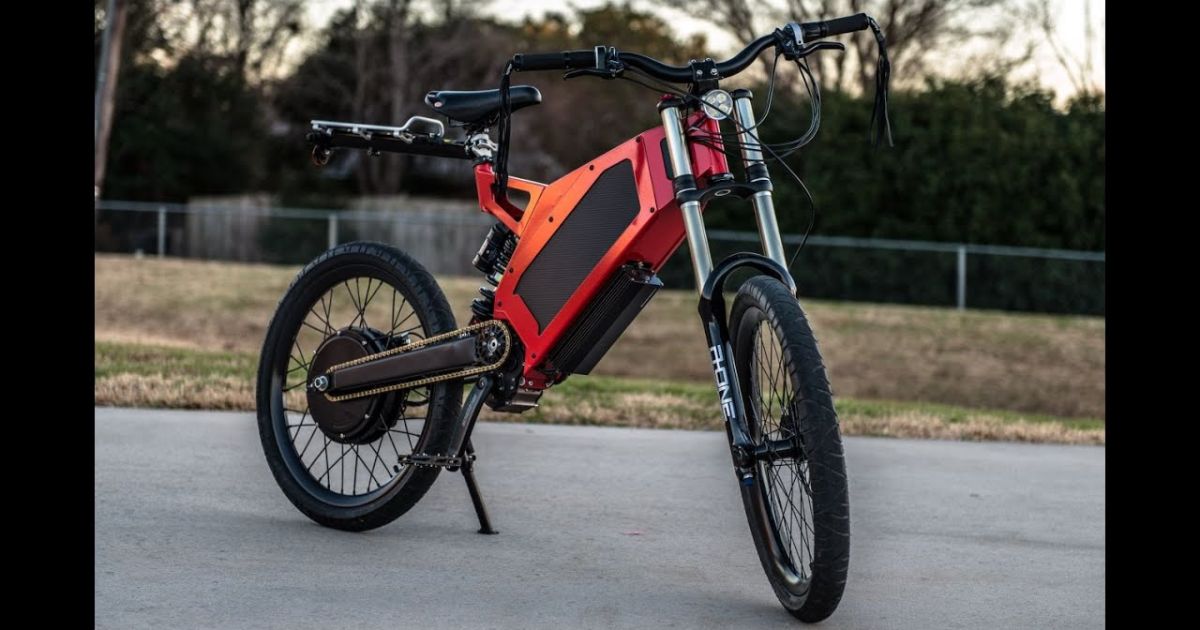
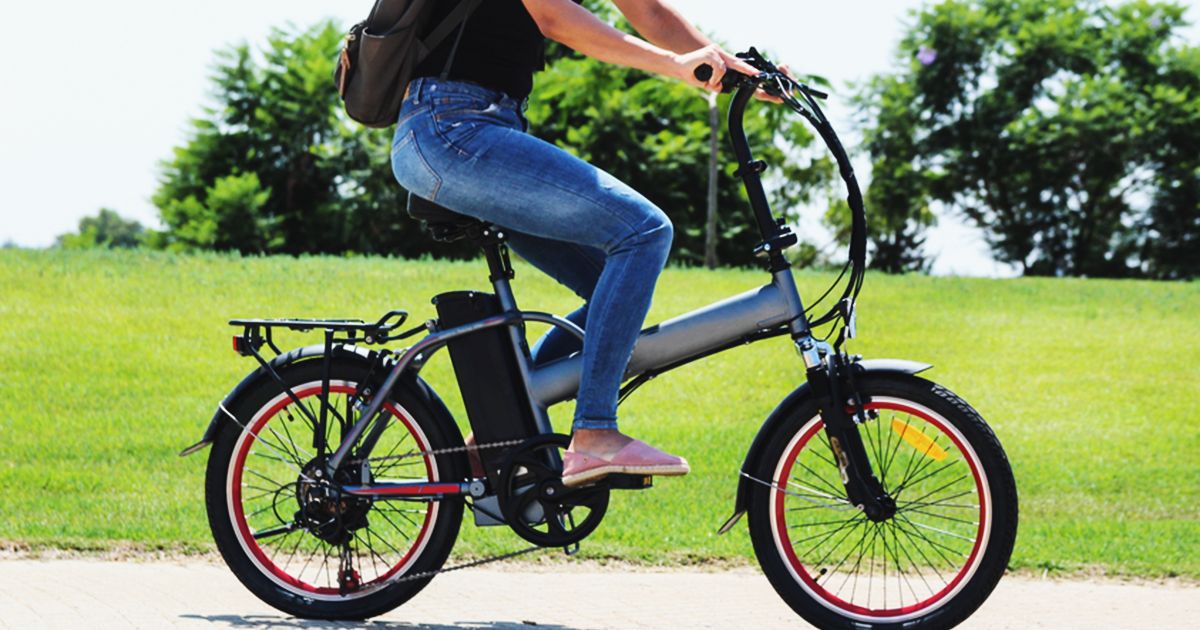
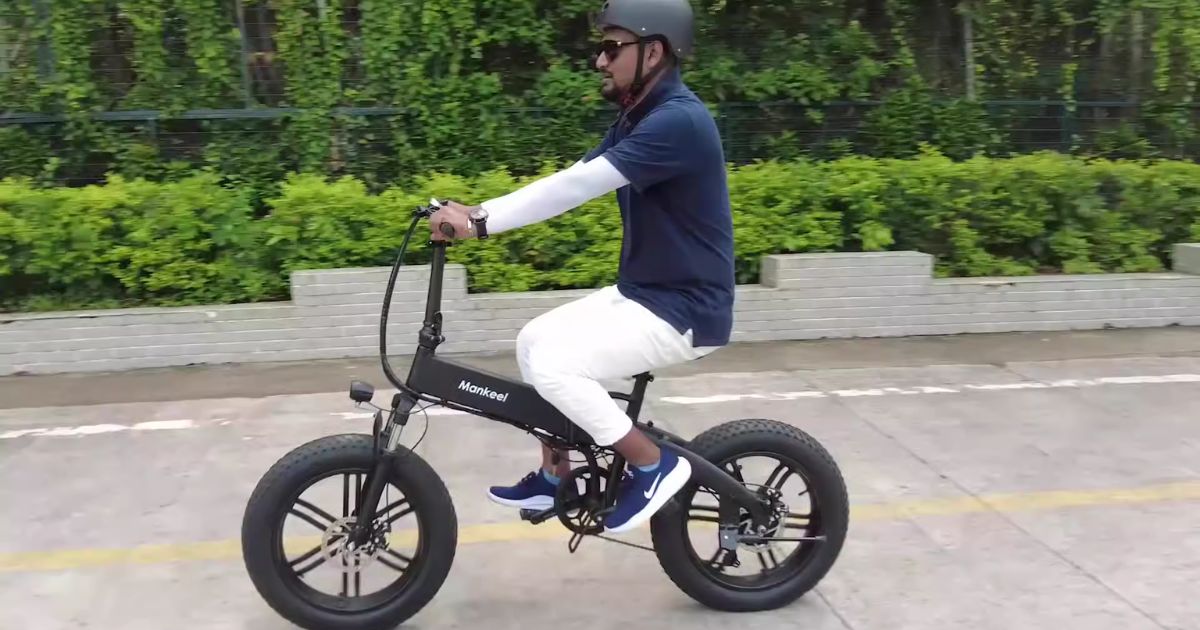
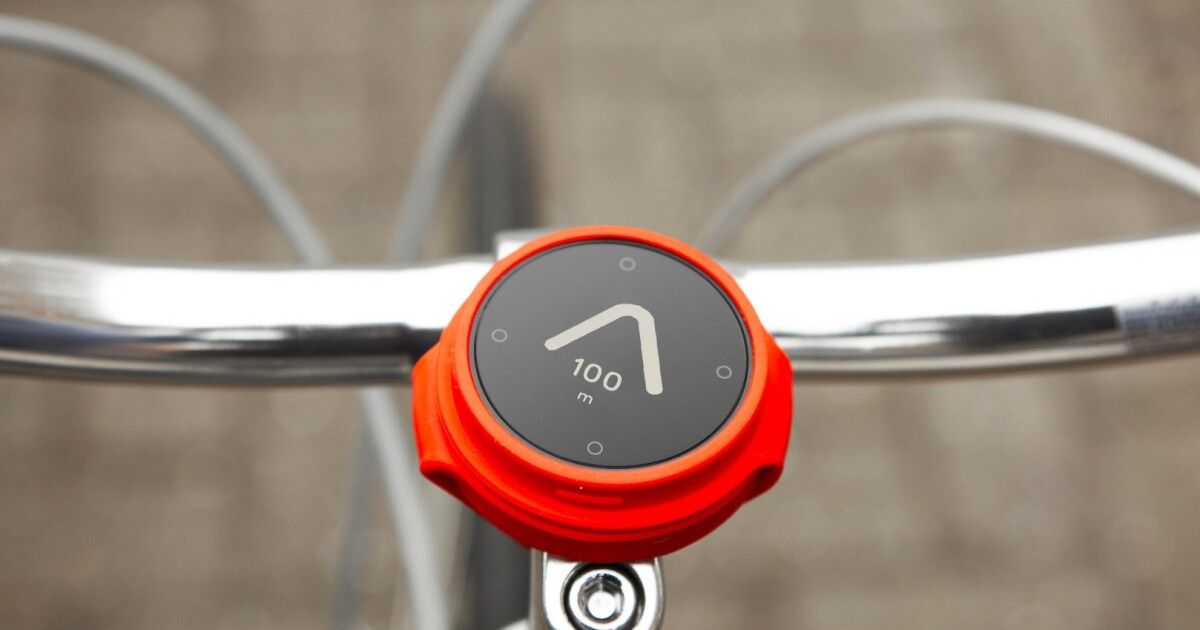
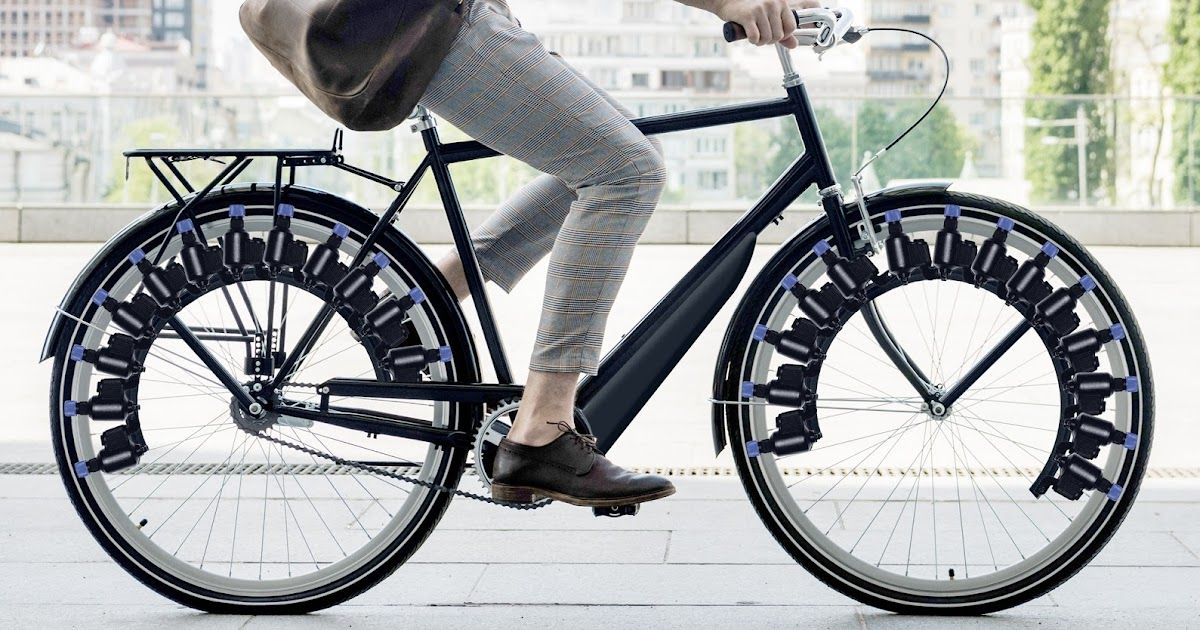
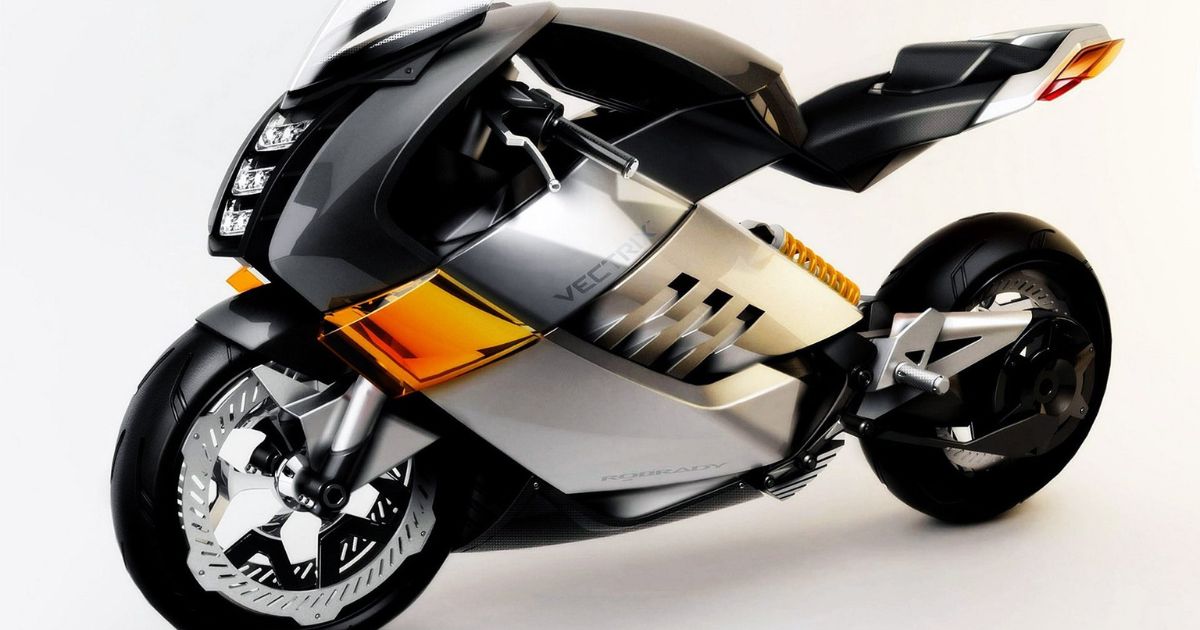
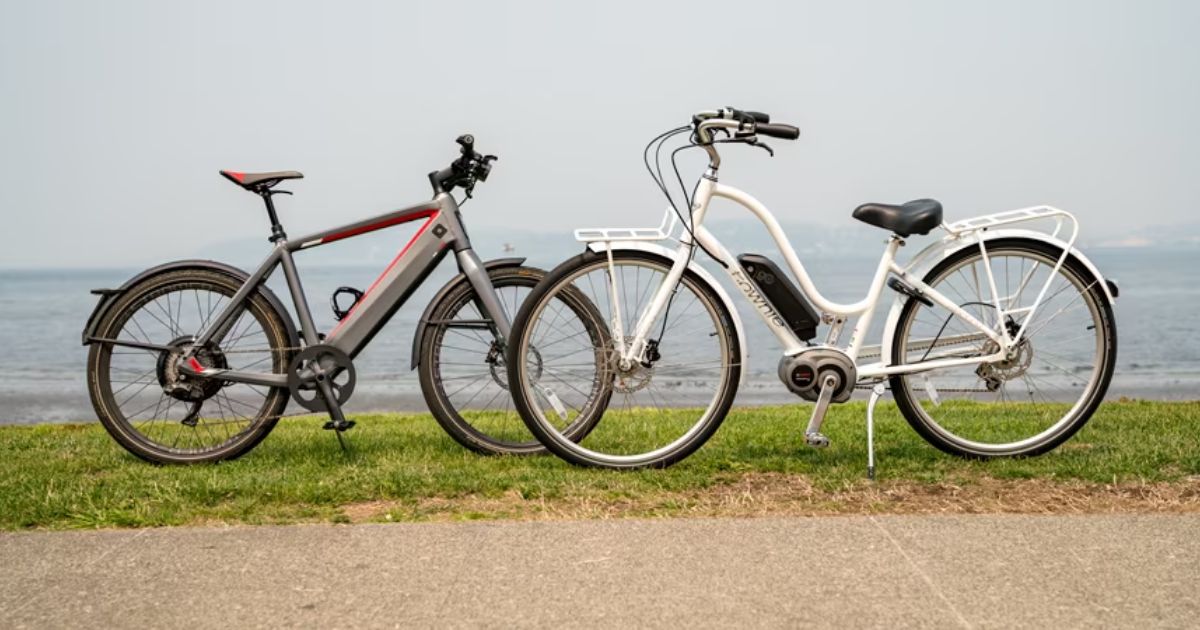


![Gomyfinance.com Invest: I Made $5,000 in My First Month [Real Results 2025]](https://electopolo.com/wp-content/uploads/2025/05/Gomyfinance.com-Invest-I-Made-5000-in-My-First-Month-Real-Results-2025-150x150.jpg)


